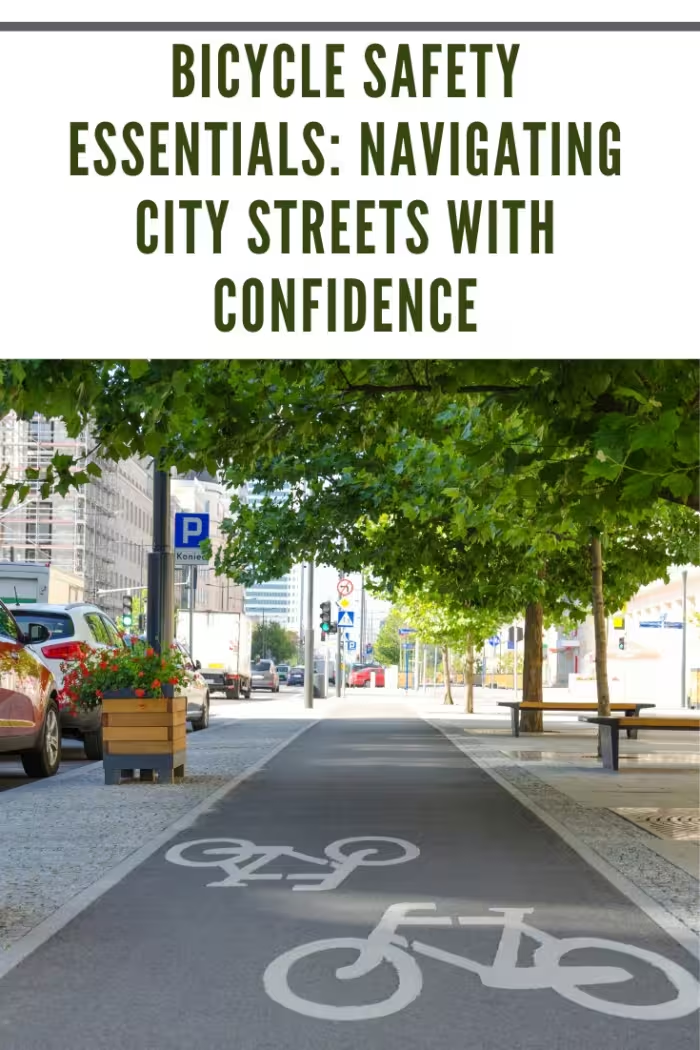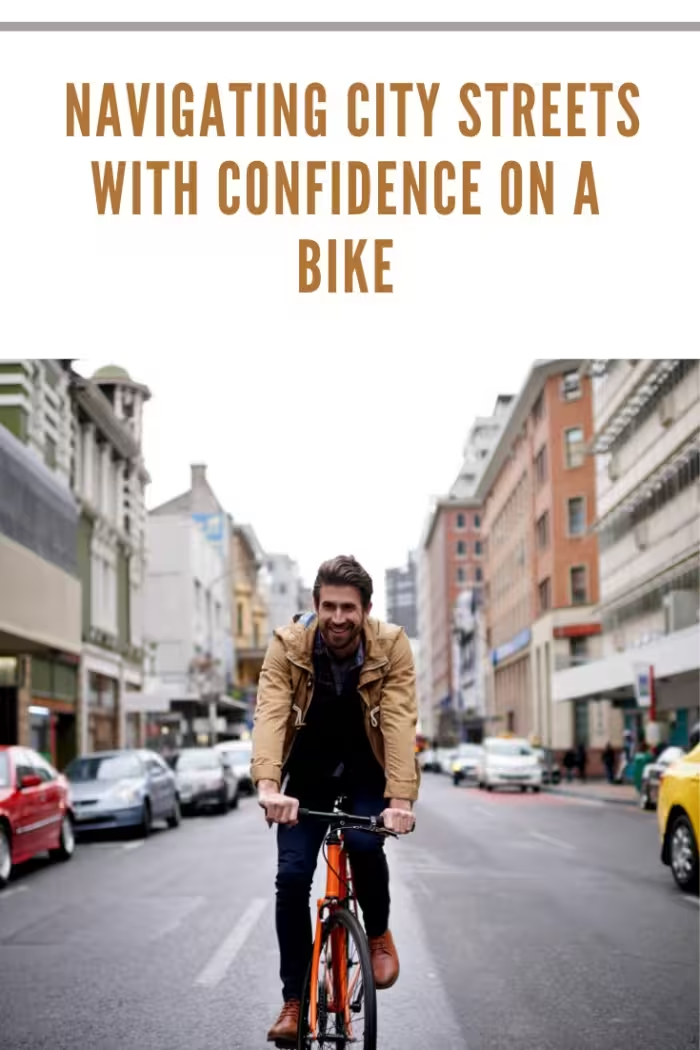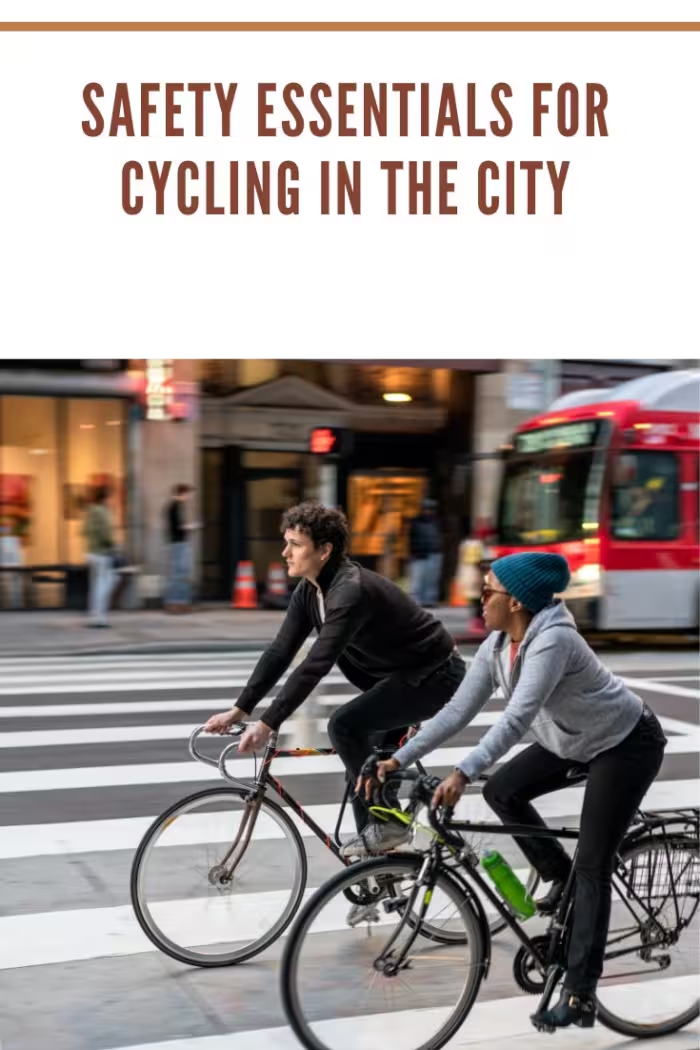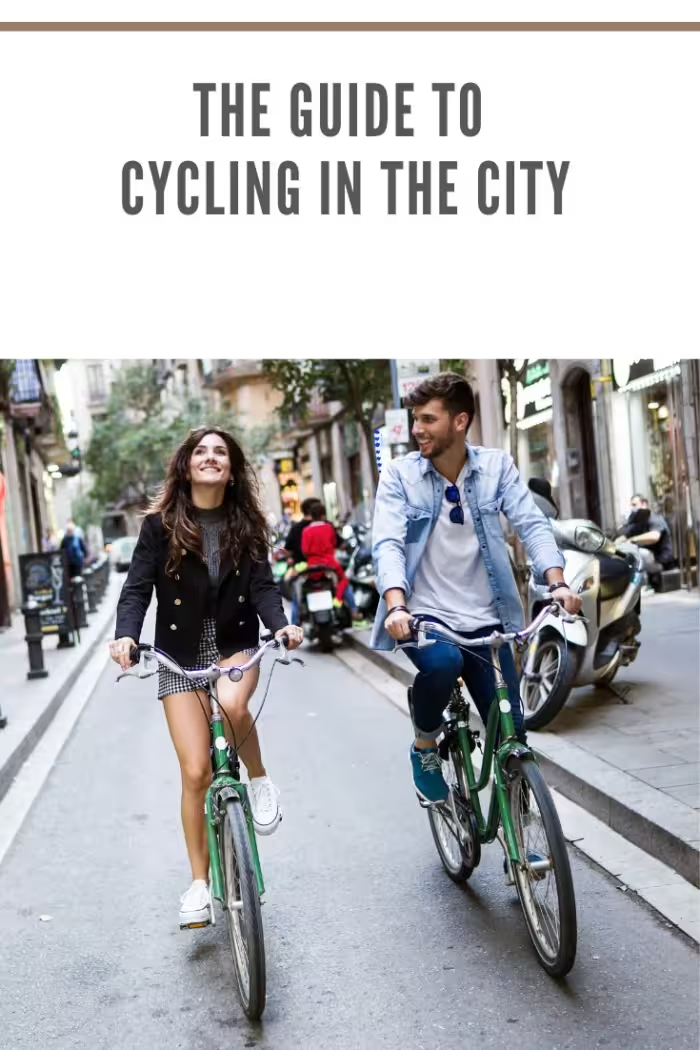Bicycle Safety Essentials:
Understanding the Risks: Urban Cycling Statistics
The allure of urban cycling continues to draw countless enthusiasts seeking a healthy and environmentally friendly way to navigate city streets. However, the increased presence of bicycles amidst the hustle and bustle of urban traffic brings forth many safety concerns. Detailed statistics reveal an unsettling trend of accidents, often attributable to factors such as distracted driving, limited visibility, and inadequate cycling paths. Understanding these risks is an indispensable guide for cyclists aiming to mitigate potential dangers. Witnessing the direct correlation between informed cycling practices and reduced accidents can be eye-opening and a testament to the importance of education in cultivating a safer urban cycling culture.
Initiating a discussion around these risks and educating cyclists and drivers alike on the importance of vigilance can forge pathways to safer city coexistence. Such knowledge also underscores the necessity of adequate legal representation, such as the expertise provided by a Council Bluffs bicycle accident lawyer, who can advocate for cyclists’ rights and offer guidance in the wake of accidents. Being well-informed and legally prepared creates the foundation for personal safety and the welfare of the entire cycling community.

Essential Gear for Every Cyclist
Cycling in an urban environment demands more than just a functional bicycle and a willingness to pedal through cityscapes. The essential checklist for any urban cyclist must prioritize safety gear to prevent or minimize injury during unforeseen mishaps. It begins with a well-fitted helmet, considered critical safety equipment for preventing severe head trauma. Yet, the gear repertoire extends further, including high-visibility vests, sturdy gloves, and padded clothing. The enduring adage’ safety first’ is most applicable when discussing the ensemble a cyclist dons before taking to the streets. Equally as significant as the helmet are lights and reflectors for your bicycle, which play a critical role in ensuring that you are seen by motorists, especially during the twilight or nighttime hours.
Mirroring the surge in cycling’s popularity are the technological strides in safety equipment. LED lights, for instance, have transformed the visibility of bikes on the road, becoming a beacon of innovation in cyclist protection. Likewise, intelligent helmets with built-in turn signal not only serve to protect but also communicate a rider’s intentions to fellow road users. Such advancements highlight the evolution of cycling gear from passive protective wear to an active safety communication tool, greatly enhancing the harmony between cyclists and motor vehicles.

Mastering the Rules of the Road
As the roads teem with different vehicles, adherence to standard rules becomes imperative for ensuring safety. For cyclists, this translates to a thorough understanding of bicycle traffic laws. These regulations govern various aspects, such as the right of way, required equipment, and the use of dedicated bike lanes. Besides legal compliance, practicing defensive cycling, which involves anticipating potential hazards and making deliberate, visible maneuvers, empowers cyclists to prevent accidents. Road sharing is a dance that requires synchronization and awareness from all participants; signaling, making eye contact with drivers, and being predictable in traffic movements all contribute to a smoother flow and fewer unpleasant surprises.
Observing traffic laws isn’t only a cyclist’s obligation but a form of self-protection. Each law, whether it dictates the use of hand signals or the necessity of stopping at a red light, is crafted with the safety of all road users in mind. These rules aim to weave a fabric of predictability and order onto the often chaotic tapestry of city traffic. Therefore, each cyclist’s commitment to these laws prevents infractions and is a conscious step towards avoiding accidents and creating a culture of respect and safety on the road.
Infrastructure and Its Impact on Cycling Safety
The interaction between cyclists and the urban infrastructure is a dance of accommodation and adaptation. Good infrastructure provides a platform for cyclists to ride safely and signals to motorists the presence and legitimacy of bicycles on the city streets. Dedicated cycling paths, properly marked and protected bike lanes and cyclist-specific traffic signals reduce conflicts and accidents. Furthermore, well-maintained infrastructure encourages hesitant would-be cyclists to embrace this mode of transportation, knowing their safety is being taken seriously. The ecosystem of urban cycling thrives when supported by an infrastructure prioritizing safety and accessibility. Cities that have excelled in this regard showcase a commitment to not just accommodating but actively promoting the cycling lifestyle.
The continuing evolution of urban design has witnessed the rise of innovative solutions to keep cyclists safe. One such solution, the protected bike lane (LA Times), distinct from traditional bike lanes with its physical barriers separating cyclists from traffic, has shown impressive results in mitigating accident rates. The success stories gleaned from many cities serve as inspiration and a blueprint for others. These cities have established adequate infrastructure and catalyzed a cultural shift that places a higher value on cyclist safety and mobility. The latest improvements in urban cycling infrastructure represent an investment in public health and environmental sustainability, with the benefit of fostering a more inclusive and active urban community.

Advocacy and Community: The Road to Safer Cycling
The journey toward cycling safety is not solely comprised of individual effort; the collective voice of advocacy groups often champions it. These organizations tirelessly work to elevate the concerns and needs of the cycling community to the forefront of public consciousness and policy. Their achievements in securing bike-friendly legislation, promoting awareness campaigns, and championing infrastructure improvements are integral to creating safer environments for cyclists. In these community-led initiatives, cyclists find strength in numbers, solidarity in shared experiences, and the power to bring about real change.

Educational Programs for Cyclists and Motorists
The foundation of coexistence between cyclists and motorists lies in the mutual understanding fostered through comprehensive education. These educational initiatives enlighten both parties on best practices for road sharing, situational awareness, and the potential consequences of negligence. By highlighting the shared responsibility for safety, such programs weave empathy into the fabric of urban traffic dynamics. Ultimately, these educational efforts contribute significantly to a cultural shift where the roads become a space of mutual respect, considerably diminishing the chances of accidents and enhancing the overall quality of urban life.
Dealing with the Aftermath: Post-Accident Action Steps
Accidents, while unfortunate, are a stark reality of urban cycling. When they do occur, knowing the correct protocol can significantly influence the subsequent outcomes for the cyclist. Prioritizing essentials like getting medical help and informing the authorities of the incident should be done first. As the dust settles, cyclists must understand their rights and the resources available to support them, such as community networks, healthcare services, and legal counsel. A skilled bicycle accident attorney can significantly assist in negotiating the complexity of the aftermath and securing just compensation.
